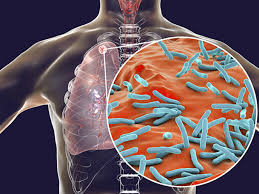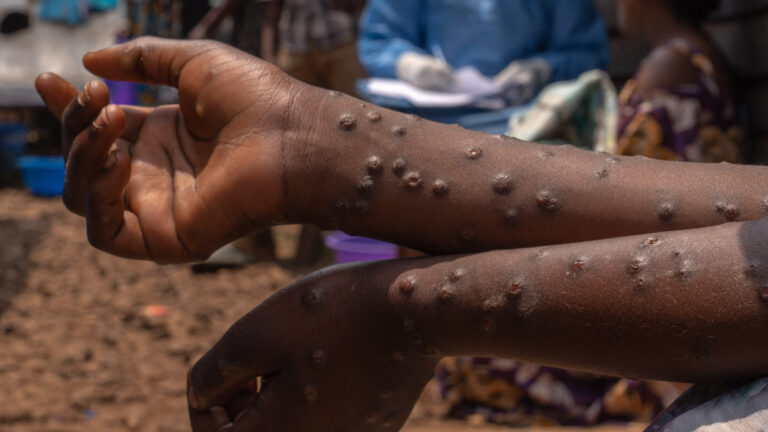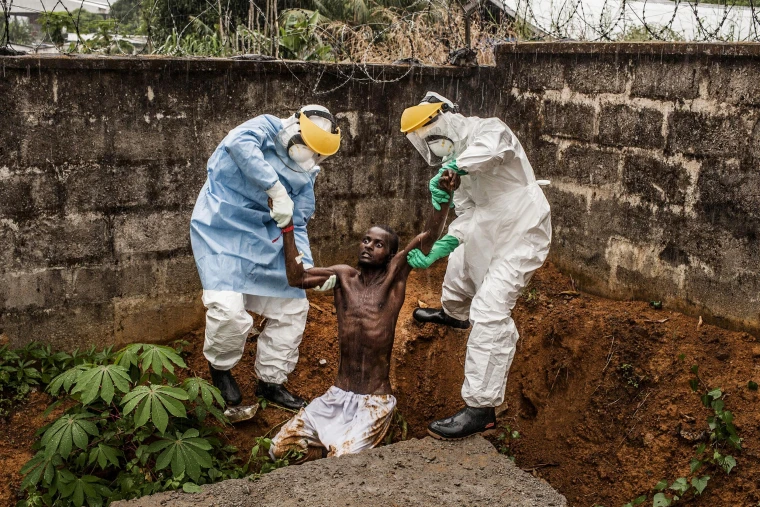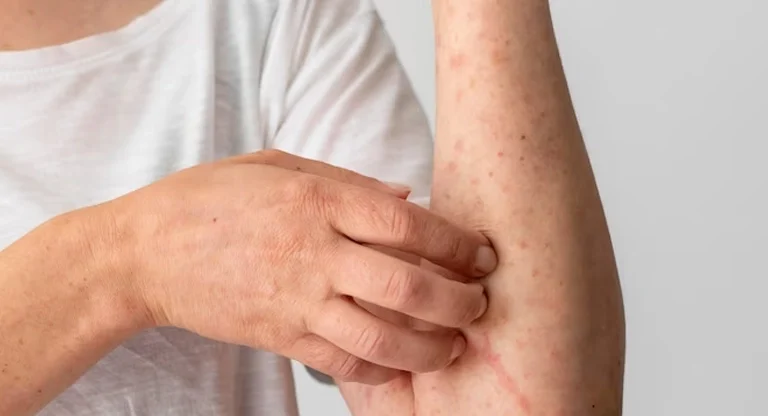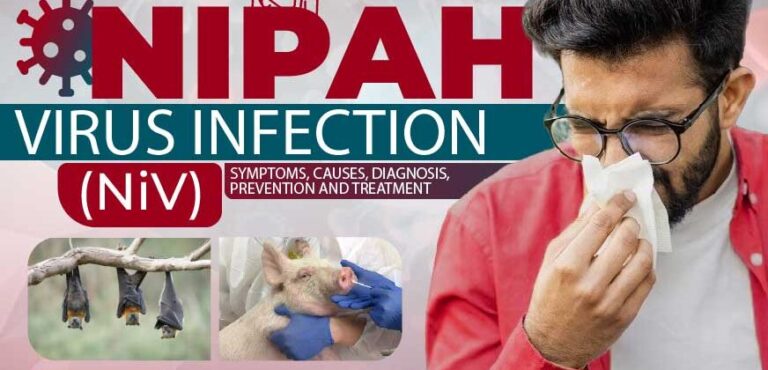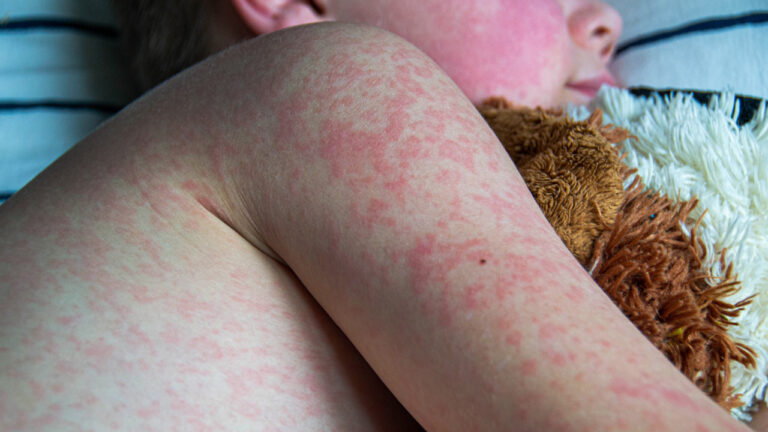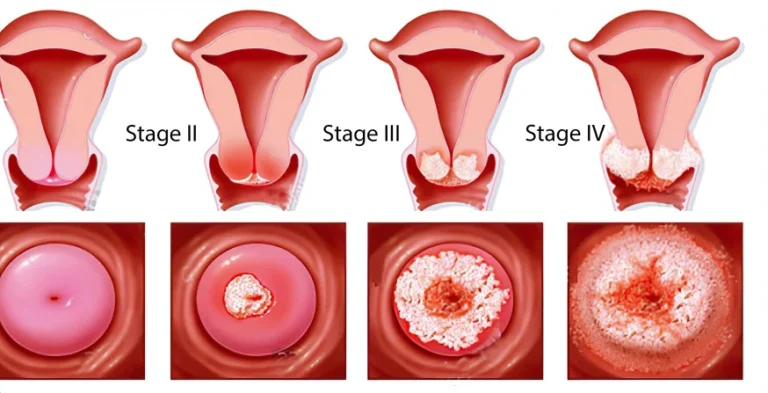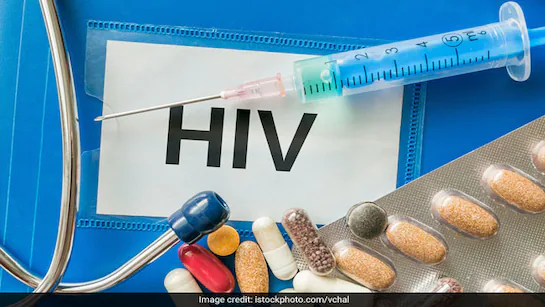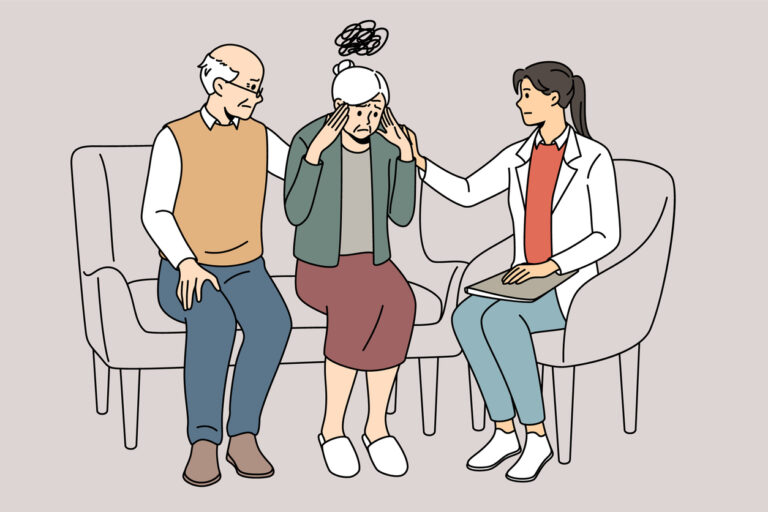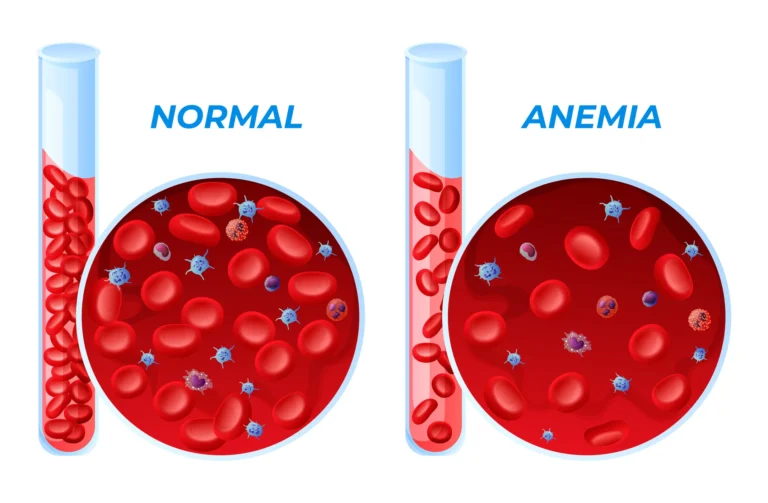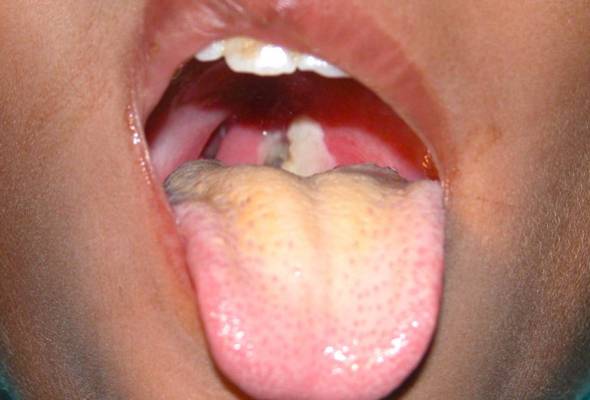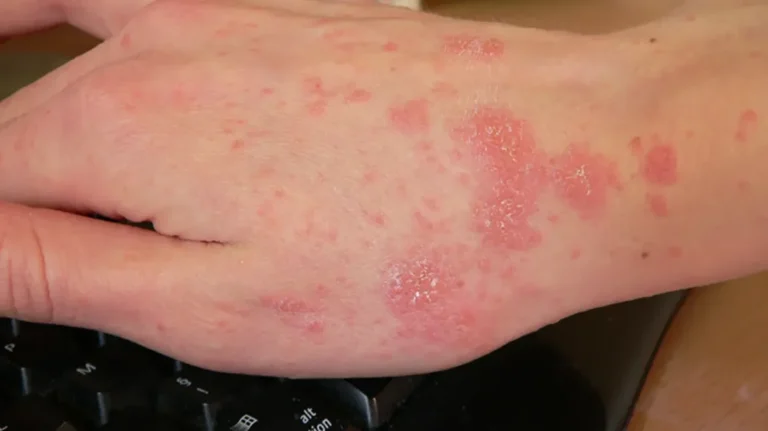Diphtheria
 Diphtheria is a serious bacterial infection caused by Corynebacterium diphtheriae. While once a common childhood disease, widespread vaccination has significantly reduced its prevalence in many parts of the world. However, it remains a threat, particularly in areas with low vaccination rates.
Diphtheria is a serious bacterial infection caused by Corynebacterium diphtheriae. While once a common childhood disease, widespread vaccination has significantly reduced its prevalence in many parts of the world. However, it remains a threat, particularly in areas with low vaccination rates.
Understanding Diphtheria:
- Causative Agent:
- Corynebacterium diphtheriae, a bacterium that produces a potent toxin.
- Transmission:
- Primarily through respiratory droplets spread by coughing or sneezing.
- Less commonly, through contact with infected skin lesions.
Symptoms:
Diphtheria primarily affects the respiratory system, but can also involve the skin. Symptoms vary depending on the site of infection:
- Respiratory Diphtheria:
- Sore throat.
- Low-grade fever.
- Weakness.
- A characteristic thick, gray membrane (pseudomembrane) covering the tonsils, pharynx, and/or larynx. This membrane can obstruct breathing.
- Swollen lymph nodes in the neck (“bull neck”).
- Difficulty breathing and swallowing.
- Cutaneous Diphtheria:
- Skin lesions, typically ulcers covered by a grayish membrane.
Complications:
Diphtheria toxin can cause serious complications:
- Myocarditis (inflammation of the heart muscle): This can lead to heart failure and death.
- Neuropathy (nerve damage): This can cause paralysis.
- Respiratory obstruction: The pseudomembrane can block the airway, leading to suffocation.
Diagnosis:
- Clinical evaluation: Based on symptoms and physical examination.
- Laboratory tests:
- Throat culture to identify C. diphtheriae.
- Toxin detection tests.
Treatment:
- Diphtheria antitoxin: This is crucial for neutralizing the toxin and must be administered promptly.
- Antibiotics: To eliminate the bacteria.
- Supportive care: This may include airway management, oxygen therapy, and treatment of complications.
- Hospitalization is usually required.
Prevention:
- Vaccination:
- Diphtheria toxoid is included in routine childhood vaccinations (DTaP, Tdap).
- Booster doses are necessary to maintain immunity.
- Isolation:
- Infected individuals must be isolated to prevent spread.
- Public health measures.
Public Health Importance:
- Diphtheria remains a serious threat in areas with low vaccination coverage.
- Outbreaks can occur in communities with poor sanitation and overcrowding.
- Maintaining high vaccination rates is essential for preventing outbreaks.
It’s crucial to emphasize the importance of vaccination in preventing diphtheria. If you suspect diphtheria, seek immediate medical attention.





